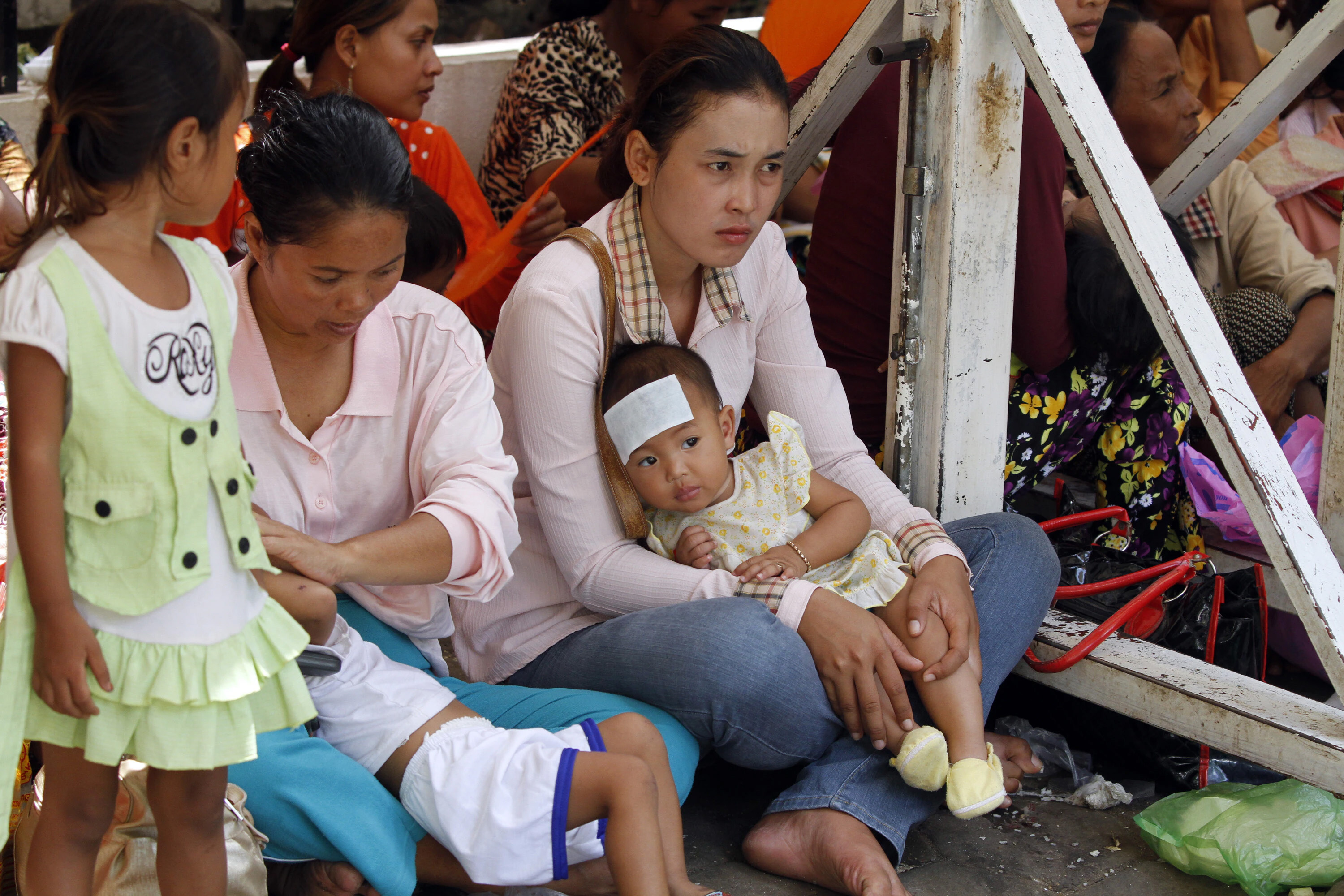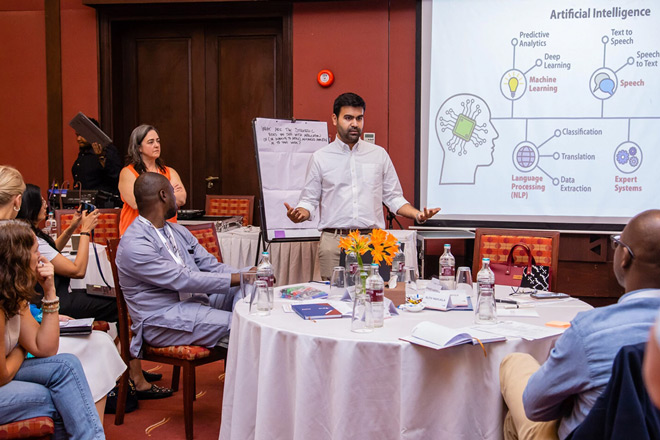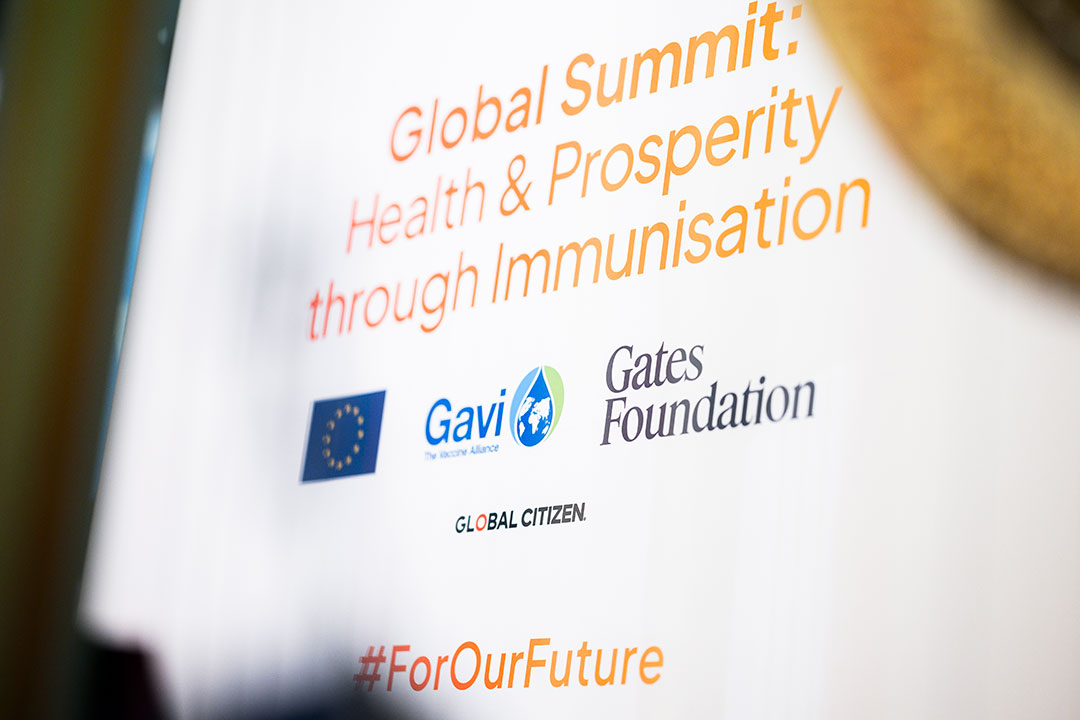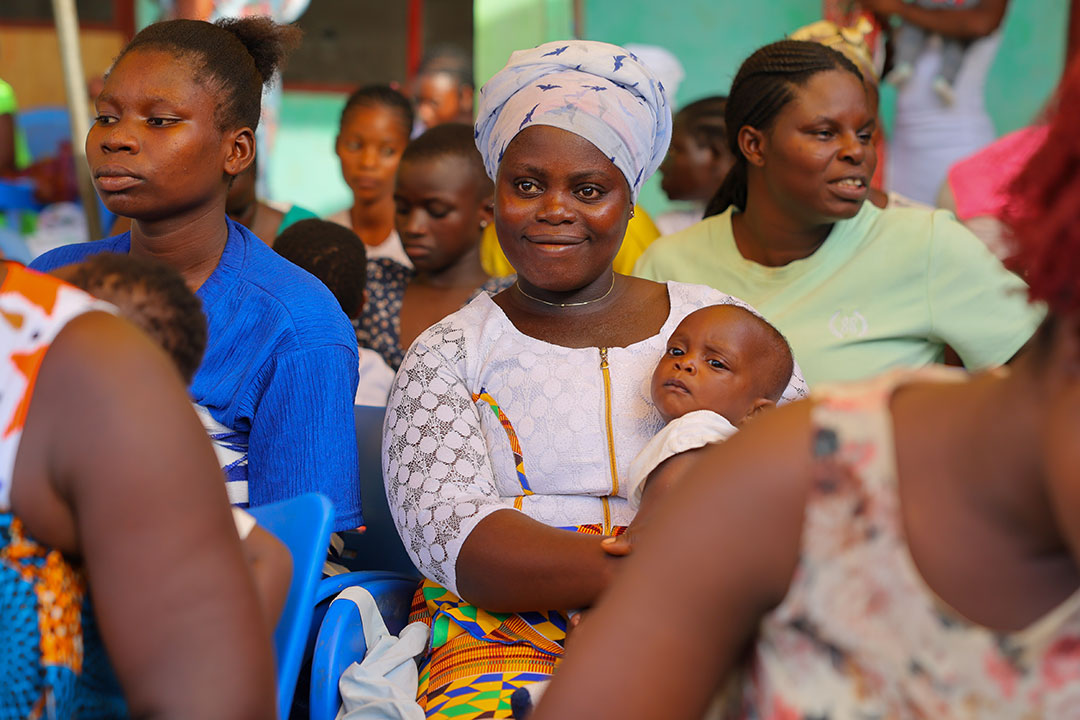3 ways the world can move from 'health crisis' to 'care for all'
From generative AI addressing worker shortages to alliances improving women's health and neurological care, here’s how global healthcare can be improved.
- 22 August 2024
- 5 min read
- by World Economic Forum

- More than half the world’s population do not have full healthcare access.
- A shortage of medical staff could be partly addressed by generative AI, research by the World Economic Forum shows.
- Other initiatives include closing the women’s health gap and improving access to treatment and medication for conditions like Parkinson’s and Alzheimer’s.
More than half the world’s population, that’s 4.5 billion people, lack full access to healthcare, according to the World Health Organization (WHO).
Among them, around 1.3 billion people are being forced deeper into poverty, or extreme poverty, by financially devastating payments for health services.
Efforts to ensure each of the world’s 8 billion people has health cover have made little overall progress in recent years, according to the WHO, but organizations are determined to open up healthcare to wider populations.
The World Bank has recently unveiled a new goal to help countries deliver affordable healthcare to 1.5 billion people by 2030. World Bank President Ajay Banga said in a statement: "Providing a basic standard of care for people throughout their lives is critical for development. This ambition won't be realized with a solo effort. It will require partners, a coalition of public and private sector, working together to expand access to healthcare services."
Here are three initiatives aimed at widening healthcare access.
Artificial intelligence can address healthcare challenges
A severe shortage of healthcare workers is a significant factor limiting access to healthcare. The WHO estimates a deficit of 10 million health workers by 2030, mostly in low- to middle-income countries.
Research by the World Economic Forum has highlighted use cases for generative artificial intelligence (AI) that could, in part, overcome the challenges faced by a shortage of medical staff.
The research finds that generative AI could enhance the productivity of healthcare workers, allowing them to get more done with the same number of people. As an example, the white paper says, “AI models can create images and text sufficiently human-like to automate many of today’s manual tasks—everything from transcribing doctor-patient visits and drafting emails to summarizing clinical studies and dispensing general health information.”
The research also highlights how generative AI can speed up the analysis of unstructured datasets to help medical staff gain more accurate insights. AI-powered chatbots could also be used to hold “more intuitive, human-like conversations with patients and caregivers that can help inform care decisions and spur action”.
Another significant enhancement AI is poised to bring is a more comprehensive level of engagement between patients and healthcare services.
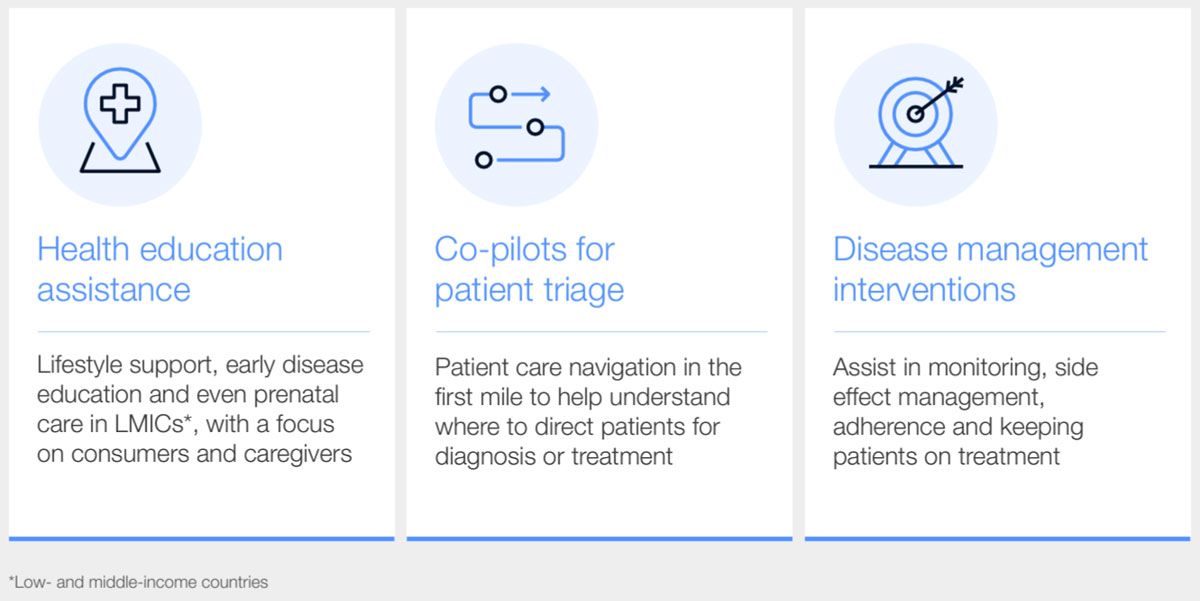
The deeper engagement could include early interventions to educate people about healthy lifestyle choices and disease prevention. When patients enter a healthcare facility, AI could offer a triage service to direct them for diagnosis or treatment. Another area where AI has potential is monitoring side effects and adherence to treatment programmes.
Closing the gender gap in healthcare
Addressing women's health issues more equitably could dramatically improve the lives of over 3.9 billion people. This is the conclusion of a groundbreaking report, Closing Women's Health Gap: A $1 Trillion Opportunity to Improve Lives and Economies, which finds that more effective healthcare for women would reduce time spent in poor health by two-thirds.
The report's release at Davos 2024 coincided with the launch of the Global Alliance for Women's Health, which aims to prioritize and promote women's health. Despite living longer, women spend more years in ill health, often during the most productive period of their lives.

There's a significant lack of data on women's biology and insufficient research into women's health issues.
This deficit applies to both female-specific conditions and those affecting both sexes but manifests differently in women. For instance, less than 2% of medical research funding goes towards pregnancy, childbirth and female reproductive health.
Have you read?
Addressing degenerative diseases
Access to treatment and medication for disabling disorders and conditions of the nervous system, like Parkinson’s disease, Alzheimer’s, epilepsy, multiple sclerosis, and dementia, is limited – and in some cases – entirely absent.
These diseases are the leading cause of disability globally, according to a report by the WHO, which highlights the inconsistent nature of care and medication availability, saying: “Despite the existence of effective medicines that can prevent, treat and/or manage symptoms and that can substantially improve the quality of life of persons affected by neurological disorders, the sustained lack of access contributes significantly to the treatment gap.”
Closing this treatment gap requires a combination of education to overcome the stigma associated with neurological disorders and for all countries to class drugs for these conditions as essential medicines.
In a blog post, Shyam Bishen, Head of the Centre for Health and Healthcare at the World Economic Forum, writes: “Medicines for Parkinson’s and epilepsy are not widely included in Essential Medicines Lists by countries in Africa, for example, nor are specific formulations of some drugs such as anti-seizure medicines for children. This can make it less likely they will be prioritized for procurement and reimbursement.”
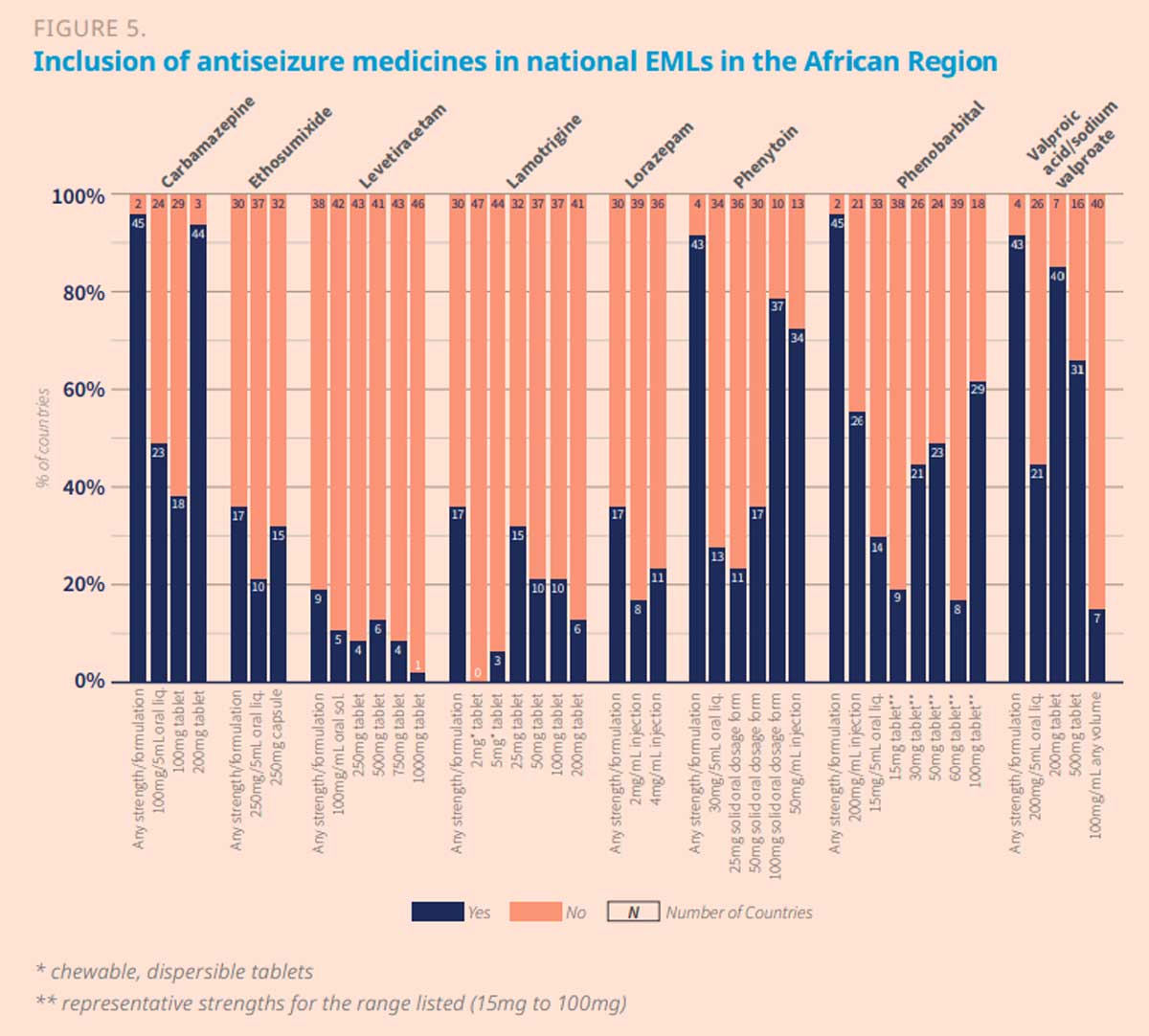
Limited registration of essential medicines for neurological disorders poses a significant barrier to access, as unregistered medications cannot be legally sold or distributed. Recognizing this challenge, the WHO is collaborating with various countries to streamline their registration processes. Improving registration procedures is vital for boosting procurement capabilities and enhancing overall capacity in the healthcare system.
Collaboration is crucial for addressing a wide cross-section of healthcare challenges. With collective effort and a willingness to share knowledge and best practices among stakeholders, we can develop and expand solutions for more equitable healthcare systems.
